This week the focus shifts to the underdogs: the underrated and in my opinion overlooked topics (not only technologies as last week) that aren’t getting nearly as much attention as they deserve. And no, this isn’t just another list of tech buzzwords. This time, the spotlight shines on a variety of topics, including a few that might initially seem not exciting. For example Internet of Things (IoT). Yes, IoT gets plenty of mentions, but let’s be honest—it’s still not fully understood or appreciated for the massive impact it could have. I will explain what I mean with it.
Of course, this selection is again entirely subjective. But that’s the point: to shine a light on the topics that might not make headlines but quietly shape the world in ways that could surprise us all.
The Invisible Giant: How Hyper-IoT Could Change Everything
The Internet of Things (IoT) has undeniably become a significant topic in various industries, revolutionizing sectors such as manufacturing, supply chain management, and smart cities. In manufacturing, IoT is used to optimize operations, predict maintenance needs, and enhance efficiency. In the supply chain, IoT devices track goods in real-time, improving inventory management and reducing losses. Smart cities utilize IoT to manage traffic, reduce energy consumption, and improve public safety. However, despite these advancements and the widespread recognition of IoT’s potential, the true scale of what IoT could become is in my opinion massively underestimated.
Most discussions around IoT focus on its current applications, like connected cars, smart thermostats, and industrial sensors. But the true potential of IoT lies in its future ubiquity. Imagine a world where every(!) object, no matter how mundane, is connected. Every chair, every t-shirt, every bicycle, every streetlight, and every window could be part of a vast, interconnected network, constantly sharing data and interacting with the environment. This vision of IoT is not just about convenience or efficiency; it’s about creating entirely new possibilities that we can barely begin to imagine today.
Vint Cerf, Co-designer of the TCP/IP protocols and architecture of the Internet: “The Internet of Things is a metaphor for a growing and advancing technological world that sees everything interconnected and interactive. The possibilities are endless, but so are the challenges.”
The original internet revolutionized the world by connecting people, enabling instant communication, and sharing information across the globe. It transformed how we interact, work, and socialize, connecting nearly 66% of the world’s population today. IoT takes this concept a significant step further—it’s not just about connecting people, but about connecting things. The possibilities become almost limitless when not only every person but an even greater number of „things“ are seamlessly linked through the internet.
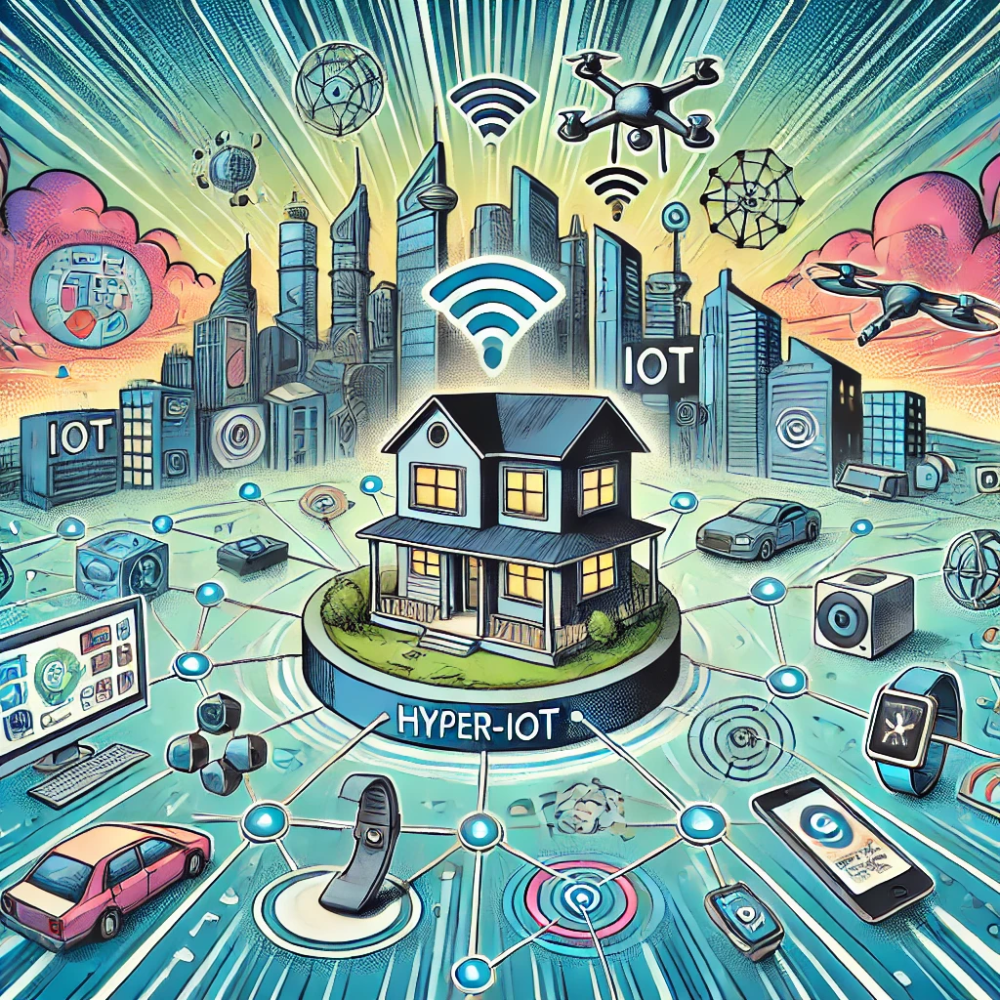
Look around you. Probably you are now sitting in an office or your home office. Perhaps in a cafe. Look around you and imagine every „thing“ that you see has a sensor and is connected. EVERY thing. Furniture. Walls. Doors. Cloth. Lights. Books. Glasses. Speakers. Knives. Pictures. Plants. Etc., etc.!
Imagine a world where your wardrobe is more than just a place to store clothes—it’s a personal fashion assistant. This wardrobe not only organizes your outfits but also keeps track of your daily wear patterns, the weather forecast, and upcoming events. It could suggest the perfect outfit for the day, recommend new purchases when your favorite items are wearing out, and even remind you when it’s time to do laundry. Equipped with IoT technology, your clothes could provide real-time feedback on your posture, body temperature, and hydration levels, ensuring that you not only look good but feel good too.
In the kitchen, the integration of IoT could revolutionize the way meals are prepared and health is managed. Imagine a hyper-connected kitchen where every appliance, ingredient, and utensil is part of a seamless system. Your refrigerator could monitor the freshness of its contents, suggest recipes based on what you have, and automatically reorder groceries when stocks are low. Smart cookware could ensure that meals are cooked to perfection by tracking cooking temperatures and times. This interconnected system could also monitor your dietary habits, offering personalized nutritional advice and meal plans that align with your health goals.
Home security and personal safety would reach new heights in a world where every door, window, and piece of furniture is connected. Your home could autonomously lock doors, close windows, and activate security systems when you leave. Sensors embedded in furniture and floors could detect unusual movements or falls, immediately notifying you or emergency services if something goes wrong. Even personal items like shoes or bags would be equipped with trackers, ensuring that nothing gets lost and alerting you if they move outside a designated area, such as your home or office.
Kevin Ashton, Co-founder of the Auto-ID Center at MIT: “The Internet of Things has the potential to change the world, just as the Internet did. Maybe even more so.”
This hyper-connected world extends beyond personal spaces, transforming urban environments into intelligent, responsive ecosystems. Imagine cities where every streetlight and building is connected, dynamically adapting to the needs of their inhabitants. Streetlights could adjust their brightness based on the number of pedestrians or vehicles in the area, enhancing safety and energy efficiency. Buildings could automatically tailor heating, cooling, and lighting to the preferences of those inside, creating personalized environments that enhance comfort and well-being.
Achieving a hyper IoT world, where virtually every object is interconnected, presents significant technical challenges that must be addressed. One of the foremost challenges is the massive scale and complexity of the network infrastructure required to support trillions if not quadrillions of devices, each generating vast amounts of data. This requires advancements in network bandwidth, latency reduction, and edge computing to handle data processing closer to where it is generated. Additionally, ensuring robust cybersecurity is paramount, as the increase in connected devices exponentially raises the potential attack surface for cyber threats. Power management and energy efficiency are also critical, as many IoT devices will need to operate for long periods on minimal power, necessitating innovations in battery technology and energy harvesting. Moreover, developing universal communication standards and protocols is essential to ensure seamless interoperability between a diverse array of devices and systems. Finally, addressing data privacy concerns is crucial, as the constant flow of personal and sensitive information through IoT networks requires stringent data protection measures to maintain user trust and comply with regulations. Solving these challenges will be key to realizing the full potential of a hyper-connected IoT ecosystem.
From Modesty to Ambition – Envisioning a Truly Solar-Powered Future
Solar cells are not a new concept; they’ve been around for decades, gradually becoming more efficient and accessible. Yet, despite their growing presence, our thinking about solar power remains far too modest. We need to dramatically expand our vision and embrace the full potential of solar energy. Imagine a future where every roof in a country is equipped with solar panels, transforming the nation’s energy landscape. This is not just a dream—it’s a realistic goal that could significantly impact our energy independence and sustainability.
Elon Musk, CEO of Tesla and SpaceX and Trump supporter: “We have this handy fusion reactor in the sky called the sun. You don’t have to do anything, it just works. It shows up every day and produces ridiculous amounts of power.”
For example: If we were to equip every suitable rooftop in Switzerland with solar panels, the impact on the nation’s electricity consumption would be substantial. Preliminary estimates suggest that such a comprehensive deployment could cover around 50-60% of Switzerland’s current electricity needs. This figure is based on the combined surface area of residential, commercial, and industrial rooftops across the country, the average solar irradiance in Switzerland, and the efficiency of modern solar panels. This potential is enormous, but achieving it requires coordinated action from various stakeholders.
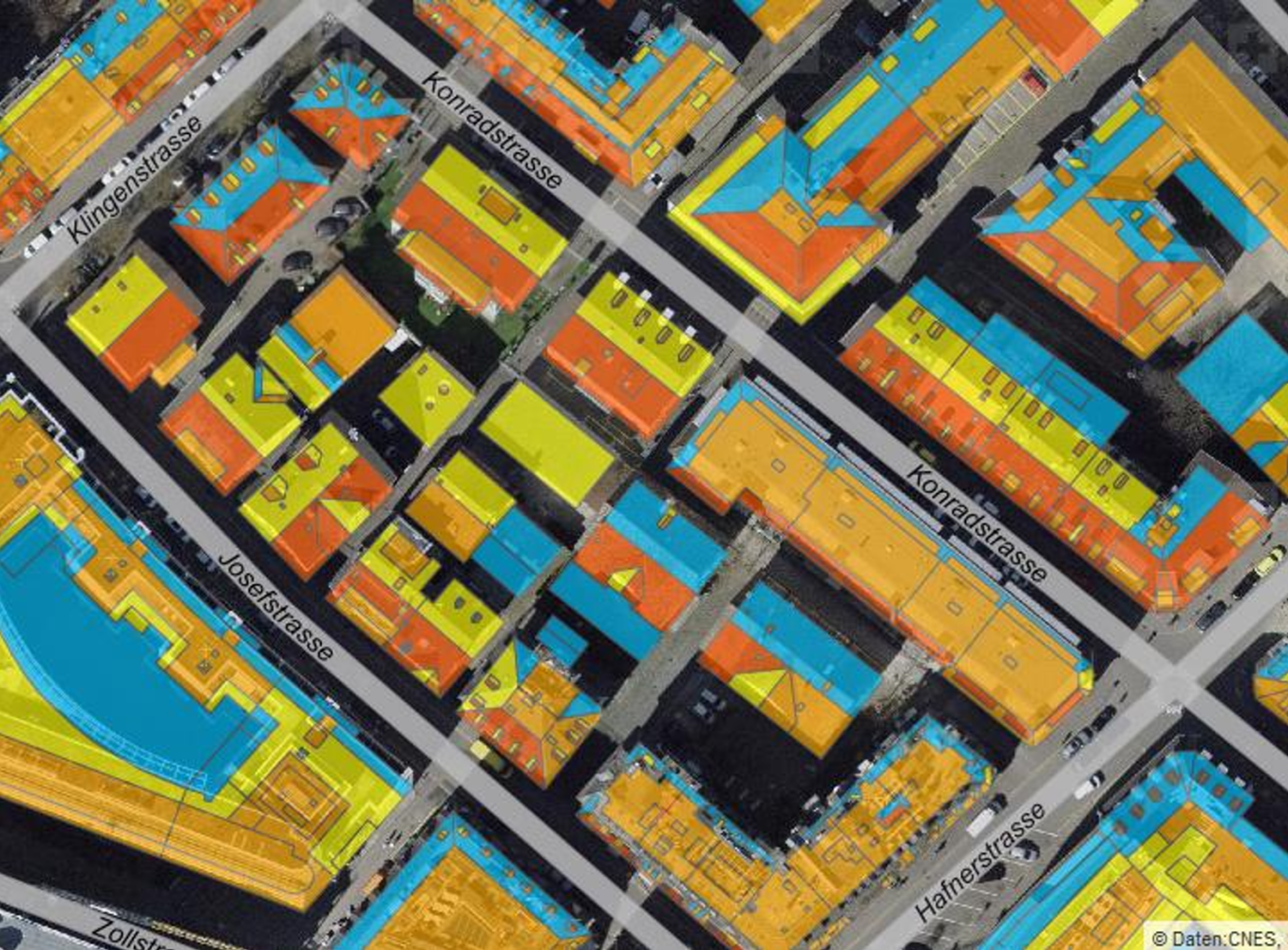
For this vision to become a reality, a concerted effort is needed from the government, industry, property owners, and citizens. The government must lead the charge by implementing supportive legislation and incentives. This could include mandating solar installations on every new building (without exceptions), offering substantial subsidies or tax incentives for retrofitting existing structures and streamlining the permitting process for solar projects. Additionally, regulations should encourage or even require energy storage solutions to be installed alongside solar panels to maximize their utility.
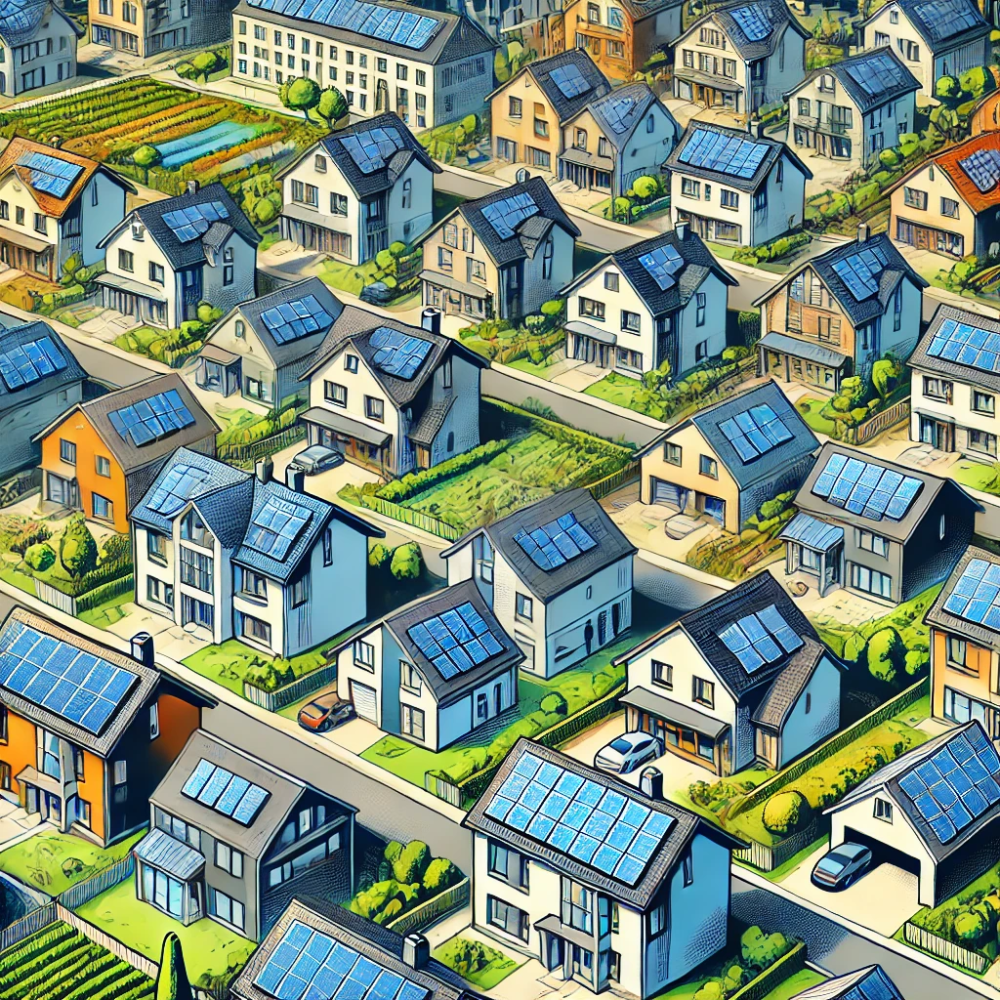
Beyond rooftop solar, there are numerous other innovative uses of solar cells that could further enhance the energy portfolio. For instance, integrating solar panels into infrastructure like highways, bike paths, and even building facades could significantly increase the surface area available for solar energy generation. Agrivoltaics, the practice of using land for both agriculture and solar power, is another promising approach that could be explored in Switzerland’s rural areas. Floating solar farms on lakes and reservoirs offer yet another untapped potential, particularly in a country with abundant water resources.
A common argument against solar energy is that it is not always available—the sun doesn’t shine at night, and its intensity varies throughout the day and across seasons. However, this challenge is increasingly being addressed with advancements in energy storage solutions. Technologies such as lithium-ion batteries, flow batteries, and even hydrogen storage systems are becoming more efficient and affordable. These systems can store excess solar energy generated during the day and release it when needed, smoothing out the variability of solar power and ensuring a reliable energy supply.
Barack Obama, 44th President of the United States: “The transition to a clean energy economy won’t happen overnight, and it will require tough choices along the way. But it is achievable if we are ambitious and drive the innovation needed to meet the challenge.”
In the near future, these storage solutions will make the intermittency of solar energy a non-issue, enabling solar power to become a stable and consistent part of Switzerland’s energy mix. With the right combination of legislative support, industry innovation, property owner participation, and public advocacy, we could lead the way in demonstrating we can fully embrace solar power to achieve energy independence and sustainability.
Beyond the Free Ride: Rethinking Our Dependence on Ecosystem Services
Ecosystem services are not a man-made technology, but they are a critical aspect of the natural systems in which we live and operate. These services, freely provided by nature, form the backbone of our civilization, yet their significance is often dramatically underestimated. In a world increasingly focused on environmental issues, recognizing, valuing, and integrating these „invisible“ services into our economic calculations will be crucial.
Ecosystem services refer to the various benefits that natural ecosystems provide to human society. These include the purification of air and water, pollination of crops, climate regulation, protection from natural disasters, and the provision of food, raw materials, and medicines. These services are fundamental functions that occur without human intervention, but without them, human life as we know it would not be possible.
David Suzuki, Environmental Activist and Scientist: “We must recognize that the way we treat the environment has a direct impact on the economy and our quality of life. Nature provides us with countless ‘free’ services, but they are not limitless.”
A clear example of ecosystem services is the pollination of crops by bees and other insects. Without this free service provided by nature, many of our food sources would not exist or would be prohibitively expensive to produce. Coastal ecosystems offer another vital service by mitigating storm surges and protecting settlements and agricultural lands from flooding. Forests and wetlands play a critical role in water purification, filtering pollutants, and providing clean drinking water. These services occur daily, often unnoticed, yet they are invaluable to the functioning of our society.
The problem lies in the fact that nature provides these services „for free,“. We take these resources and services for granted without incorporating their true value into the cost of our products and services. This is not just a mistake but a fundamental flaw in our economic systems that can have devastating consequences in the long term. Our free market economy also encourages companies to utilize free and cost-free resources particularly intensively, as this increases profitability and thus the success of the company. By not including the true costs of utilizing ecosystem services in our economic calculations, we encourage the overuse and destruction of the natural resources we depend on. A stark example is deforestation for agriculture or timber production.
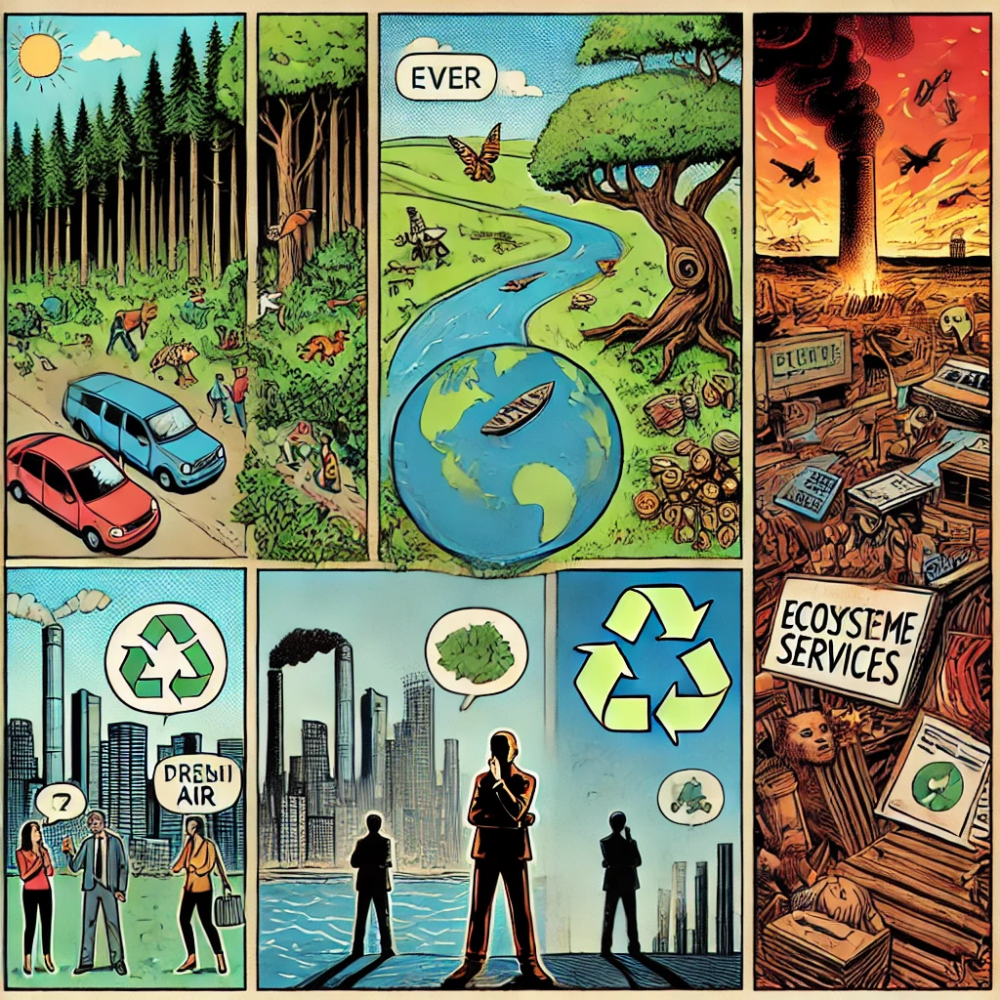
To address this issue, we must take action. First, we need to integrate the valuation of ecosystem services into economic decision-making. This can be achieved by internalizing the costs, requiring businesses and governments to pay the true price for resource use, including the costs associated with the loss of ecosystem services. Environmental taxes and fees that reflect the actual ecological costs are one way to achieve this.
Wangari Maathai, Environmental Activist and Nobel Laureate: “The environment and the economy are really both two sides of the same coin. If we cannot sustain the environment, we cannot sustain ourselves.”
We stand at a crossroads. If we continue to treat the services provided by nature as limitless and free, we are heading towards a future where the foundations of our survival are fragile and unreliable. Protecting and integrating ecosystem services into our economic models is not just a matter of environmental protection; it is a matter of the long-term survival of humanity. This is one of the most underrated yet critical aspects that we must address in the coming years.
Unlocking the Potential of Health Data: A New Frontier in Disease Prevention and Treatment
The potential of health data in revolutionizing how we prevent and treat diseases is immense. With the advent of new technologies such as Big Data, Artificial Intelligence (AI), and Generative AI (GenAI), we stand on the brink of a healthcare transformation. These technologies have the power to analyze vast amounts of data, uncover hidden patterns, and provide insights that could lead to breakthroughs in medicine. However, despite the potential, we are currently only scratching the surface. The primary reason for this is the understandable, yet limiting, emphasis on data privacy and protection.
Health data encompasses a wide range of information, including patient records, genetic data, data from wearable devices like fitness trackers, research findings, data from clinical trials, and more. Imagin if these data sources were fully utilized, they could revolutionize our understanding and treatment of diseases. Imagine a world where researchers and doctors have unrestricted access to all health-related data. In such a scenario, every piece of information—from the daily step count of a fitness tracker to the genetic profile of a cancer patient—could be analyzed and cross-referenced to uncover new correlations and insights.
Margaret Chan, Former Director-General of the World Health Organization: “The collection, analysis, and application of health data will be the key to solving some of the most significant challenges in global health.”
For instance, patient records could be used to identify patterns in disease progression and response to treatments, leading to more personalized and effective therapies. Fitness trackers could provide real-time data on lifestyle factors, such as physical activity and sleep patterns, that influence health outcomes. Genetic data could help identify individuals at risk for certain diseases long before symptoms appear, enabling preventive measures that could save lives. Research findings and clinical trial data could be synthesized on a massive scale, accelerating the development of new drugs and treatments.
However, the potential of these data sources is severely limited by current privacy regulations. These regulations, designed to protect individual privacy, restrict the sharing and use of health data, making it difficult for researchers to access the information they need. While these protections are undoubtedly important, they also prevent us from fully realizing the benefits that health data could bring.
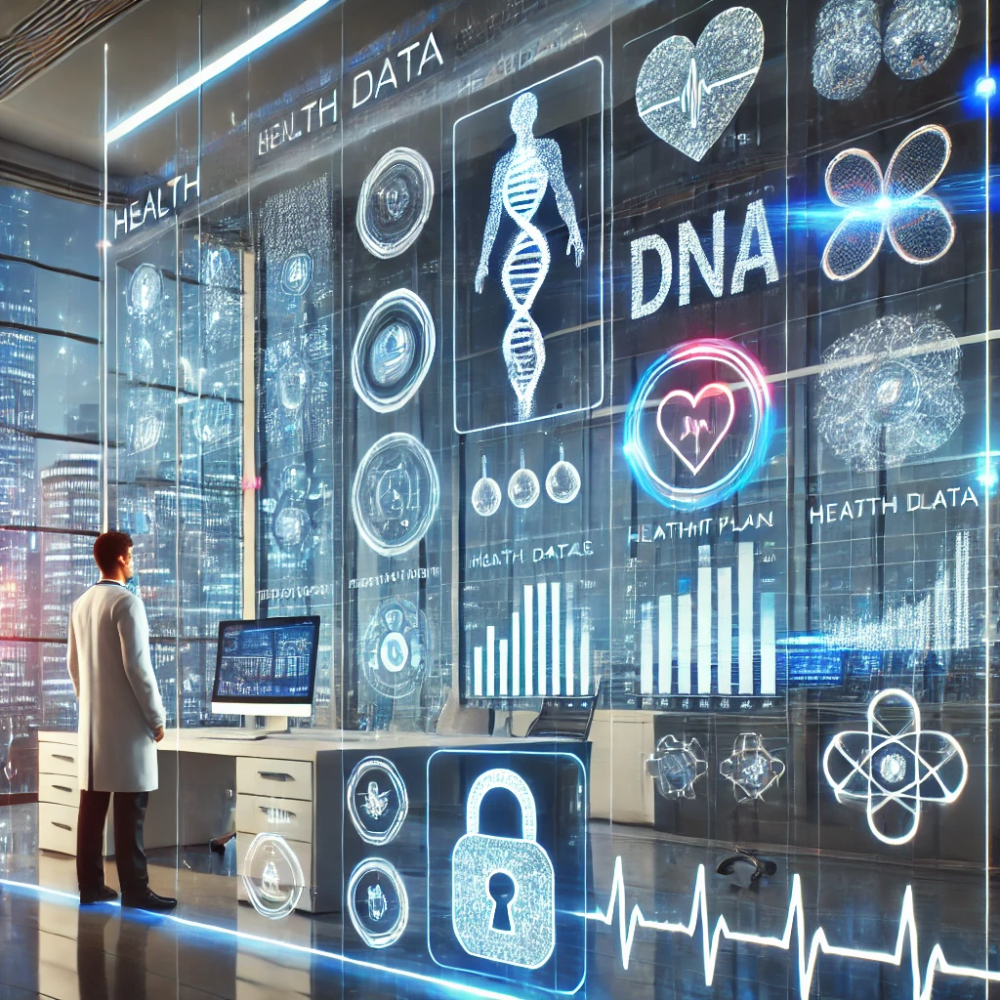
A few years ago, I attended a startup event where one of the presentations left a lasting impression on me. A startup introduced a portal designed to store personal health data securely, allowing users to share it with healthcare providers at their discretion. The presentation sparked an intense debate about data privacy and security, with many questioning how the startup could guarantee that users‘ health information wouldn’t be misused, sold, or shared without consent. However, the discussion took an unexpected turn when someone from the audience stood up, grabbed the microphone, and posed a provocative question: „Why are we focused on not sharing health data? Shouldn’t it be the moral obligation of every individual to share their health data for the greater good? With diseases like cancer and AIDS affecting millions, isn’t it morally wrong to withhold data that could potentially save lives when combined with other information?“ This challenge forced everyone in the room to reconsider the balance between individual privacy and collective responsibility in the age of digital health.
Eric Topol, Cardiologist and Digital Health Innovator: “The greatest opportunity to advance medicine today lies in our ability to use data to predict and prevent disease rather than just treat it.”
Imagine a scenario where all health data, anonymized and securely stored, was freely available for research purposes. In such a world, the data from millions of patients, combined with the processing power of AI, could lead to the discovery of new treatments for diseases like AIDS, cancer, and malaria. By analyzing this data on a global scale, we could identify trends and correlations that would be impossible to see in smaller datasets. The potential for breakthroughs in medicine would be enormous, and the pace of discovery would accelerate dramatically.
The Cloud’s Hidden Potential: How to Reinvent Your Business Model
Cloud computing is undeniably a popular topic in the business and technology sectors, often praised for its ability to provide on-demand computing resources and reduce IT costs. However, despite its widespread adoption, many organizations still approach the cloud with a „lift and shift“ mindset—simply moving existing applications and data to the cloud without fully rethinking how this technology can fundamentally transform their business models. This limited use significantly underestimates the cloud’s true potential.
This concept was explored in greater detail in a previous edition of the „Navigating the Digital Frontier“ newsletter, where I highlighted a book that vividly demonstrates how cloud technology can drive this level of transformation. The book, even years after its publication, remains a cutting-edge guide for businesses looking to redefine their operations and business models through the power of the cloud. For a deeper understanding of how cloud adoption can lead to a fundamental shift in your business, I encourage you to revisit that discussion –> Link
Satya Nadella, CEO of Microsoft: “It’s not about doing the same things faster; it’s about doing things you never thought you could do before. That’s what cloud computing brings to the table.”
The cloud is not just a tool for optimizing current operations; it is a catalyst for a profound shift in how businesses operate. By fully embracing the cloud, companies have the opportunity to radically overhaul their business models, enabling faster adoption of new technologies and more dynamic integration with external innovations. This is not about incremental improvement; it’s about reimagining how a business can function in a digital-first world.
The cloud enables a level of flexibility and scalability that traditional IT infrastructures simply cannot match. Businesses can experiment with new services, products, and business models without the significant upfront costs that were once necessary. This agility allows companies to pivot quickly in response to market demands, testing and implementing new ideas at a fraction of the cost and time. For instance, a retail business could rapidly develop and deploy a new e-commerce platform, integrating advanced analytics and customer personalization tools, and scale the system up or down based on seasonal demand without worrying about infrastructure constraints.
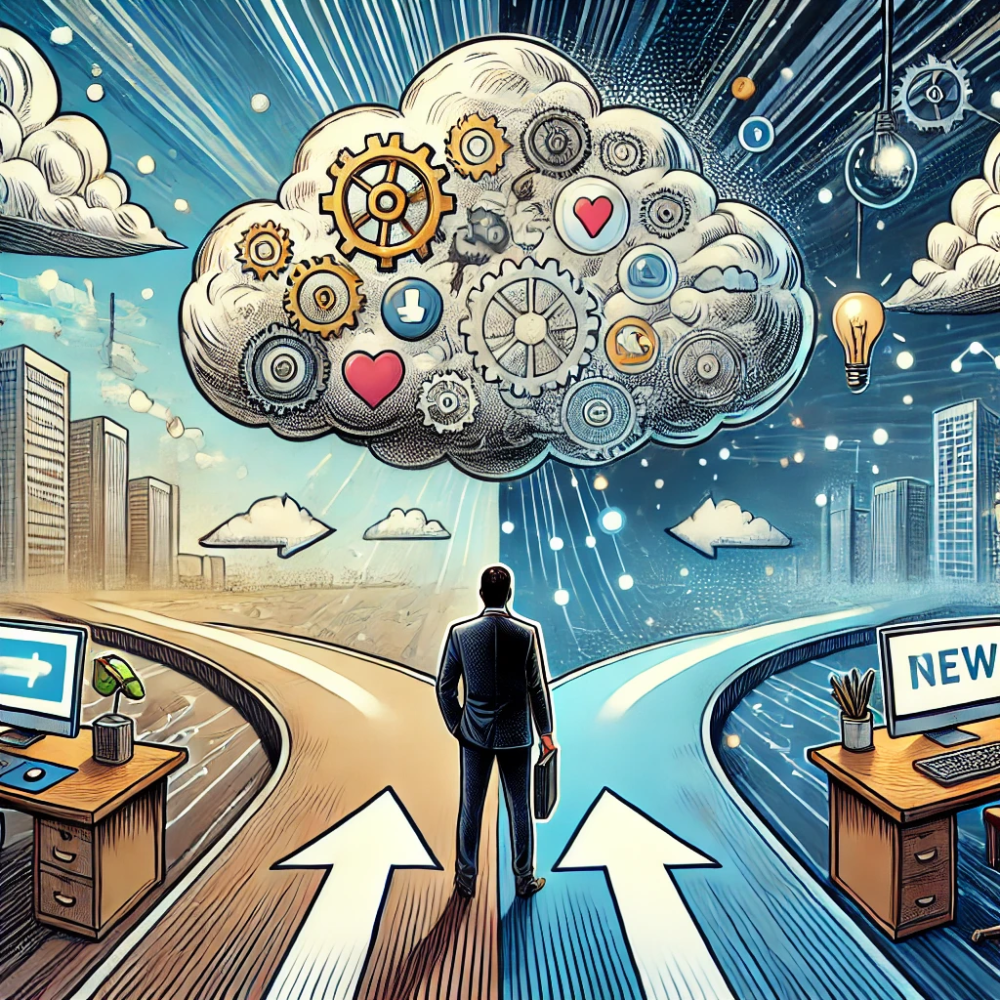
One of the most transformative aspects of the cloud is its ability to facilitate seamless integration with external technologies. This capability opens up new avenues for collaboration and innovation, allowing companies to work closely with partners, suppliers, and even competitors in ways that were previously unthinkable. The cloud’s ability to easily connect with various platforms and services means that businesses can quickly incorporate the latest technologies from other industries, creating new synergies and driving innovation.
Cloud is not just about cost savings or operational efficiency. It’s about enabling a fundamental shift in how businesses operate and compete. By using the cloud to rapidly deploy new technologies and easily integrate with external innovations, companies can transform their business models, making them more agile, scalable, and responsive to market changes.
Jeff Bezos, Founder of Amazon: “You don’t choose the cloud because it’s cheaper. You choose it because it’s faster, more scalable, and more agile. The cloud is about innovation.”
Despite the obvious advantages, many businesses are still only scratching the surface of what the cloud can offer. To fully harness the power of the cloud, organizations need to move beyond the „lift and shift“ approach and recognize that this technology can be a key driver of business model innovation. The cloud provides the tools and infrastructure to not just support, but actively shape the future of a business in ways that were previously unimaginable.